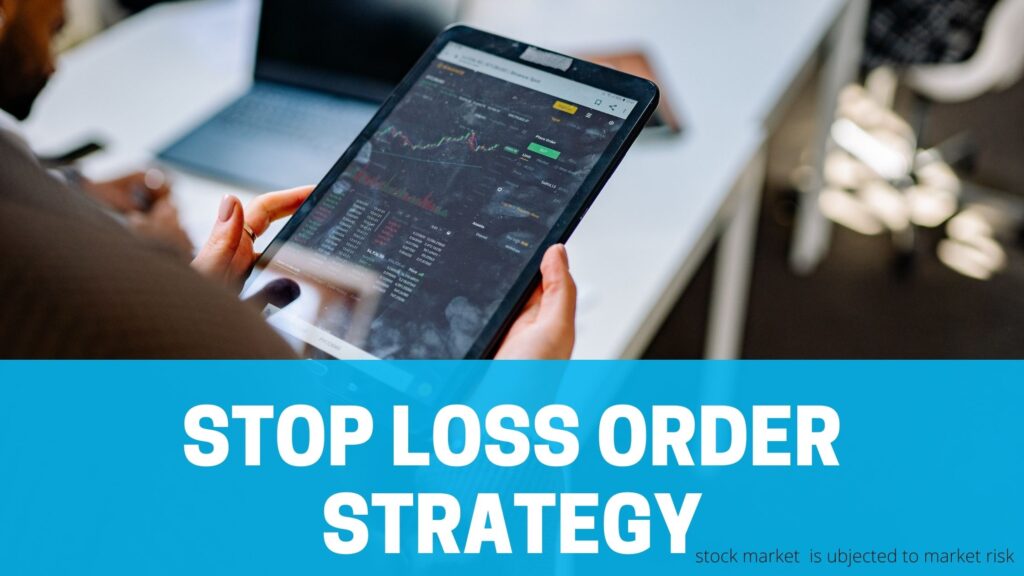Getting into the world of stock trading can feel like learning a new language. With all the jargon thrown around, it’s easy to get overwhelmed. But don’t worry! Understanding basic stock trading terms can significantly boost your confidence and help you make more informed decisions. So, whether you’re a newbie investor or just looking to brush up on your knowledge, here are 15 essential stock trading terms.

What is Stock Trading?
Before we dive into the terms, let’s start with a quick overview of stock trading. Stock trading involves buying and selling shares of companies in the stock market to make a profit. There are different types of stock trading, including day trading, swing trading, and long-term investing, each with its strategies and goals.
1. Bull Market
A bull market is when stock prices are rising or are expected to rise. It’s characterized by investor optimism, increased buying activity, and strong overall market performance. Think of a bull charging ahead, symbolizing the market’s upward momentum.

2. Bear Market
Conversely, a bear market occurs when stock prices are falling or expected to fall. This term is often associated with widespread pessimism, reduced buying activity, and declining market confidence. Picture a bear hibernating, representing the market’s downturn and caution.
3. Blue Chip Stocks
Blue chip stocks are shares in large, well-established, and financially sound companies with a history of reliable performance. Examples include companies like Apple, Microsoft, and Coca-Cola. These stocks are often seen as safer investments due to their stability.

4. Dividend
The dividend is a portion of a company’s earnings paid out to shareholders. It’s usually distributed quarterly and can be a sign of a company’s financial health. Dividends provide investors with a regular income stream, making them attractive for those seeking stable returns.
5. Portfolio
Your portfolio is the collection of all the investments you own, including stocks, bonds, and other assets. Building a diverse portfolio is crucial for managing risk and ensuring long-term growth. Think of it as your personal investment basket.

6. Stock Exchange
A stock exchange is a marketplace where stocks are bought and sold. Major stock exchanges include the New York Stock Exchange (NYSE), NASDAQ, and the London Stock Exchange (LSE). The two Indian primary stock exchanges are the Bombay Stock Exchange (BSE) and the National Stock Exchange (NSE). These platforms facilitate the trading of stocks and ensure fair and orderly transactions.
7. IPO (Initial Public Offering)
An IPO, or Initial Public Offering, is the first time a company offers its shares to the public. This process allows companies to raise capital from public investors. It’s a significant event, often marking a company’s transition from private to public status.

8. Market Capitalization
Market capitalization (or market cap) refers to the total value of a company’s outstanding shares of stock. It’s calculated by multiplying the current stock price by the total number of outstanding shares. Market cap helps investors gauge a company’s size and market value.
9. P/E Ratio (Price-to-Earnings Ratio)
The P/E ratio is a metric used to evaluate a stock’s valuation. It’s calculated by dividing the current stock price by the company’s earnings per share (EPS). A higher P/E ratio can indicate that a stock is overvalued, while a lower P/E ratio might suggest it’s undervalued.

10. ETF (Exchange-Traded Fund)
An ETF, or Exchange-Traded Fund, is a type of investment fund that holds a collection of assets like stocks, bonds, or commodities. ETFs trade on stock exchanges, making them easy to buy and sell. They offer diversification and are a popular choice for investors looking to reduce risk.
11. Margin Trading
Margin trading involves borrowing money from a broker to purchase stocks. While this can amplify gains, it also increases potential losses. It’s a high-risk strategy best suited for experienced traders who understand the risks involved.

12. Short Selling
Short selling is a strategy where investors borrow shares and sell them, hoping to buy them back at a lower price to make a profit. It’s risky because if the stock price rises instead of falling, the investor could incur significant losses.
13. Stop-Loss Order
A stop-loss order is an order placed with a broker to sell a security when it reaches a certain price. This helps investors limit their losses and manage risk, especially in volatile markets.

14. Day Trading
Day trading involves buying and selling stocks within the same trading day, often multiple times. Day traders capitalize on small price movements and require a solid understanding of market trends and quick decision-making skills.
15. Volatility
Volatility refers to the degree of variation in a stock’s price over time. High volatility means the stock price is prone to significant fluctuations, which can present both opportunities and risks for traders.

Conclusion
Understanding these 15 stock trading terms is a great starting point for anyone looking to navigate the stock market with more confidence. Each term provides a building block toward becoming a more informed and strategic investor. Keep learning and exploring the vast world of stock trading to enhance your investment journey.
FOR A FREE STOCK MARKET SEMINAR VISIT HERE
CALLS @ 9986622277
Disclaimer
The information provided here is for general informational purposes only and should not be construed as financial advice. Investing in the stock market involves inherent risks, and there is no guarantee of profits or protection against losses. Before making any investment decisions, it is essential to conduct thorough research and seek advice from a qualified financial advisor or professional.
